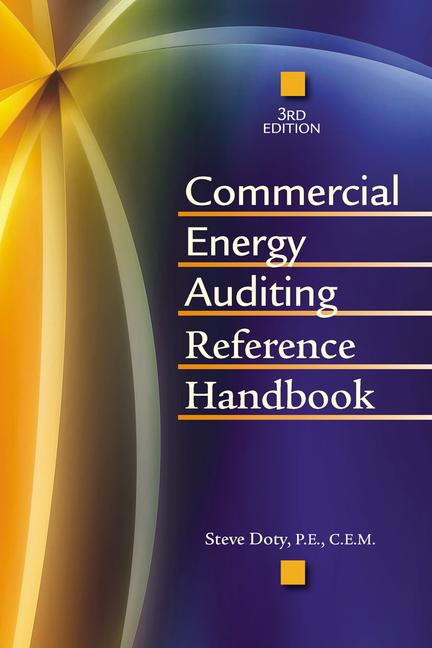The Energy Independence and Security Act of 2007, signed
into law just before the holidays on December 19, imposes increased energy
efficiency standards on a wide variety of products as well as introducing
regional HVAC standards.
According to the American Council for an
Energy-Efficient Economy (ACEEE), the energy act sets new minimum efficiency
standards for external power supplies,
dishwashers, dehumidifiers, residential boilers, electric
motors, and walk-in coolers and freezers. It directs the DOE to conduct new
rulemakings on residential refrigerators and clothes washers, and allows the
DOE to expedite rulemakings in cases where a broad consensus exists (a measure
requested by the DOE last year).
It allows the DOE to establish a regional standard for
heating products and two regional standards for cooling products, in addition
to the national standard. Such regional standards are said to allow the DOE to
account for significant climate differences throughout the United States. The
act also calls for the DOE to create a national media campaign to promote the benefits
of increased energy efficiency.
For federal buildings, the energy act sets a goal to cut
their energy use by 30% by 2015, and requires new and renovated federal
buildings to significantly reduce their reliance on energy from fossil fuels.
Compared with existing federal buildings, federal buildings built or renovated
in 2010 must cut their fossil fuel dependency by 55%, and by 2030, new or
renovated federal buildings must eliminate their use of fossil fuel
energy.
It also permanently authorizes the use of energy saving
performance contracts, updates the authorization for the DOE’s Industrial
Technologies Program, authorizes a Commercial Building Initiative, and contains
new provisions to promote combined heat and power, recycled energy, and district
energy systems.
The act also calls for accelerated research and development
(R&D) and deployment of renewable energy technologies, although all the
provisions are subject to congressional appropriations of funds. For solar
energy, the act calls for new R&D programs for solar thermal energy
storage, daylighting, and solar-powered A/C, as well as grant programs for
solar industry workforce training and advanced photovoltaic demonstration
projects.
For geothermal energy, the act calls for a wide range of
R&D programs, an expansion of the “GeoPowering the West” program to make it
“GeoPowering America,” and the creation of a new Center for Geothermal
Technology Transfer. The act also establishes a new R&D program for marine
and hydrokinetic energy, which includes wave, tidal, current, and thermal
technologies that draw on the energy of the ocean or flee-flowing rivers. The
act includes a measure to establish one or more demonstration centers for
marine and hydrokinetic technologies.
Get our new eMagazine delivered to your inbox every month.
Stay in the know on the latest HVACR engineering trends.
SUBSCRIBE TODAY!Copyright ©2024. All Rights Reserved BNP Media.
Design, CMS, Hosting & Web Development :: ePublishing



